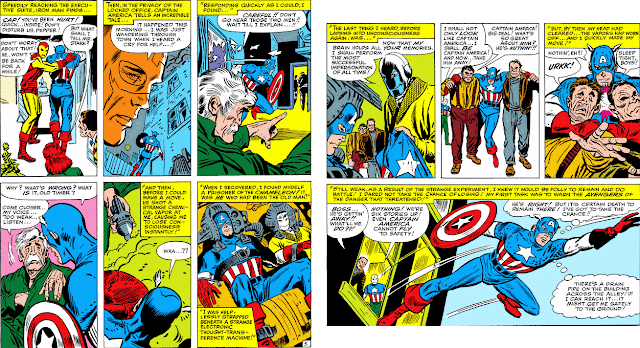Over the years of working on the PPC, I've come to recognize the advantages of indulging one's creative process by use of the personal computer--a handy and, at times, daunting piece of equipment that I cut my teeth on as it entered the working world around the mid-1980s. For the blogger, or the tweeter, or whatever digital world you contribute to, working on a computer is like having a file cabinet at your fingertips, in that it makes organizing your work (past, present, and future) a snap, while putting tools at your disposal for creating and presenting the ideas that spring from your mind, software which accommodates your vision as well as your schedule.
I say all of that by way of introduction to the assembled content of today's merry post. At times, I'll start a folder of material for a blog post just on the basis of no more than a glimmer of an idea occurring to me but not really having taken root yet--choosing instead to let it percolate in increments over the weeks and even months that follow, and then somewhere down the road remembering to glance at what I've accumulated in that folder and see if there's something usable. That's happened a handful of times before (see this earlier post, for example), and today's subject falls along those lines.
Perhaps this cover will give you an idea of where I'm heading with this:
Now you could infer that this post will be about suggestive poses of Marvel's female characters, which I'm not ruling out some day but which I'd be surprised isn't ground that's already been covered in some forum somewhere (this is the Internet, after all); or the PPC could be tackling the subject of sleazy characters in comics, which would certainly suit the "time capsule" approach I mentioned since we're probably talking about a lot of characters who fit that profile. But while neither of these applies today, there is a central theme at work here--have a look at a second cover to see if it dawns on you.
*ding ding ding* Yes, you've nailed it, as always: covers which break the fourth wall and address the reader directly (or appear to do so). It was fun assembling them for a brief Friday post that hopefully ushers in a splendid weekend for you.


















































